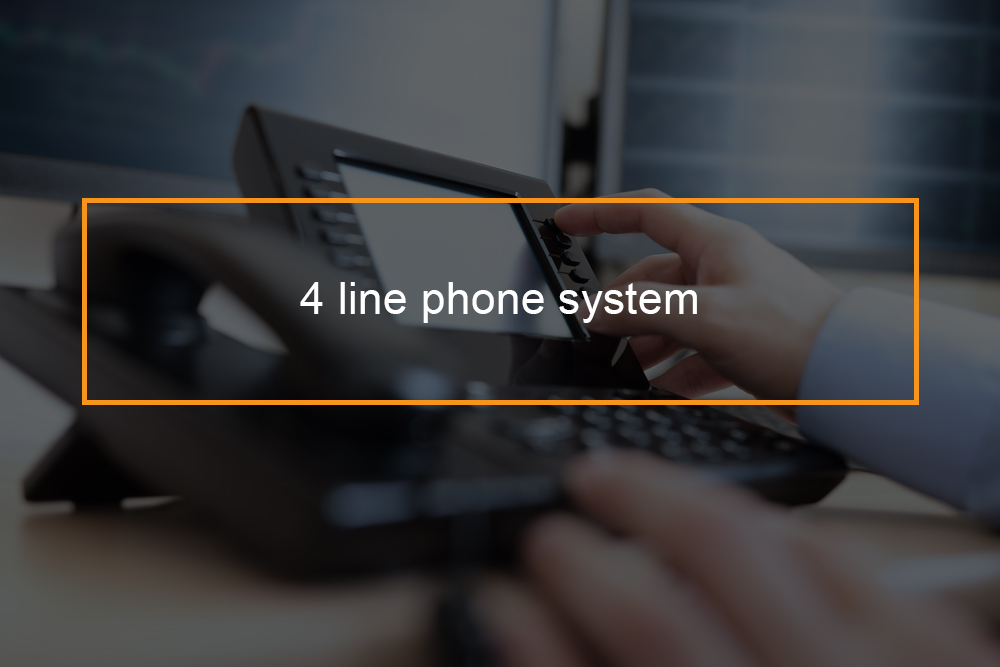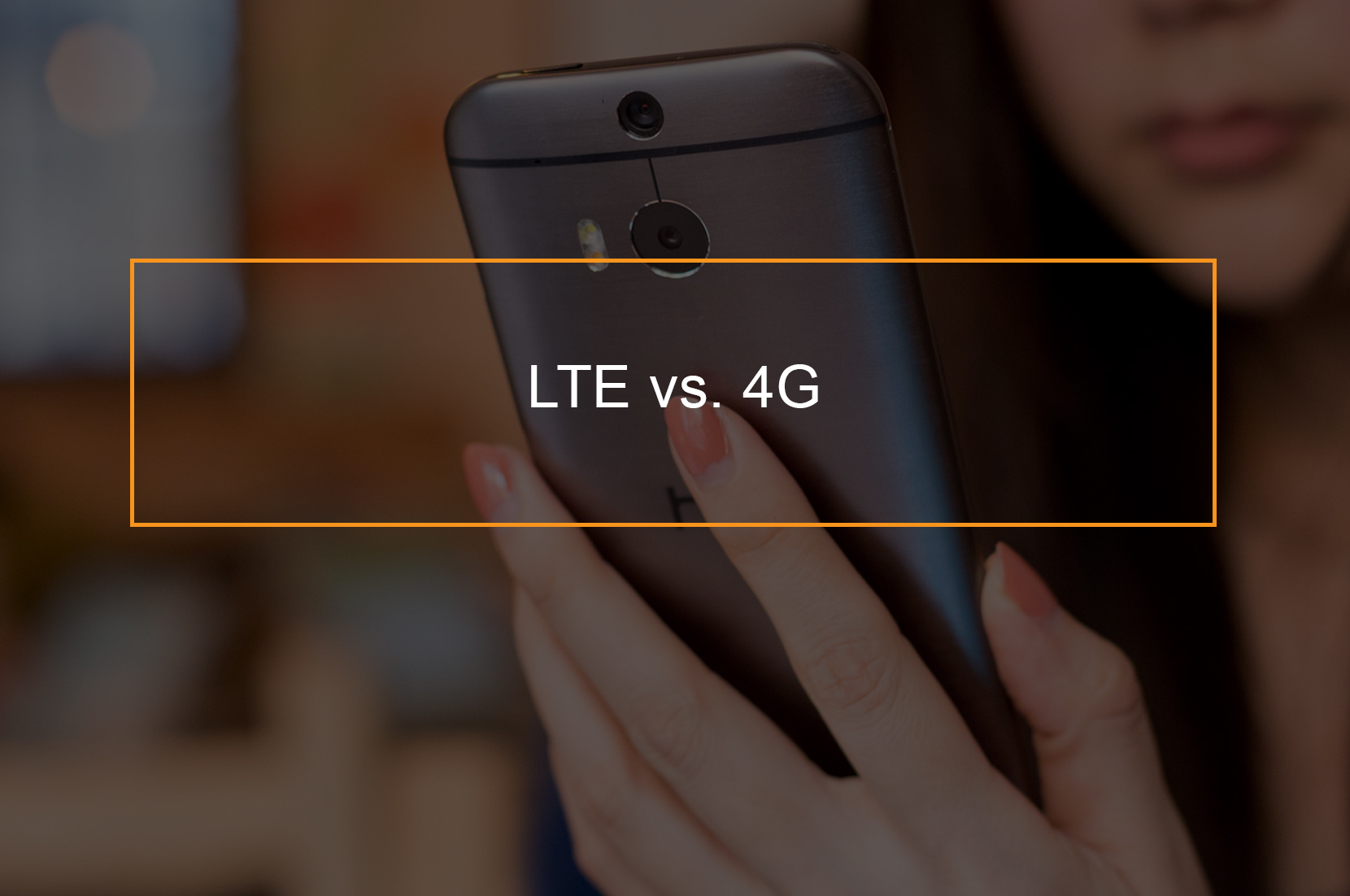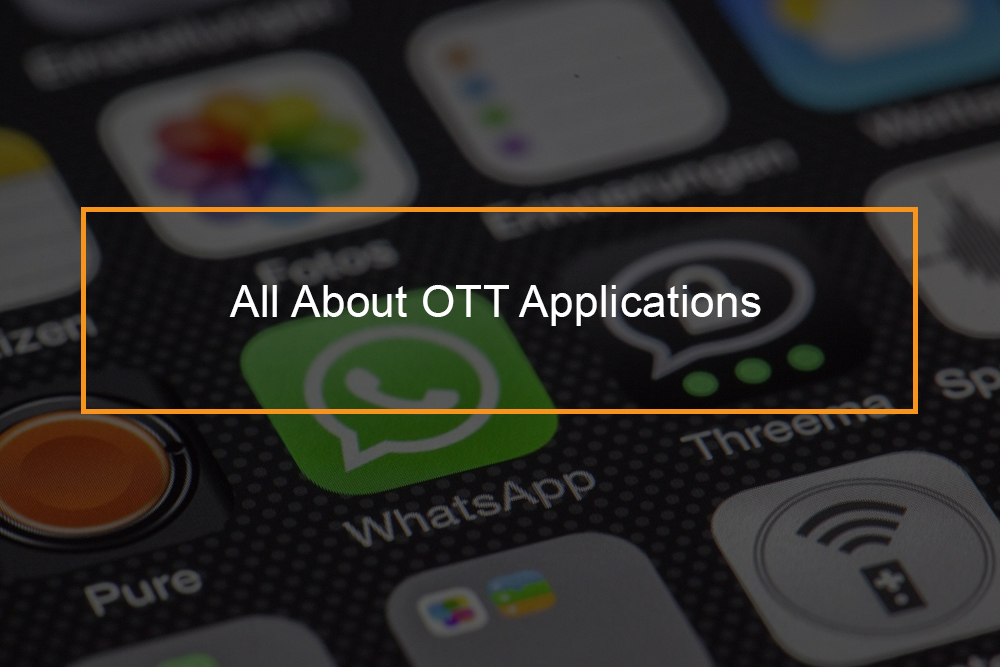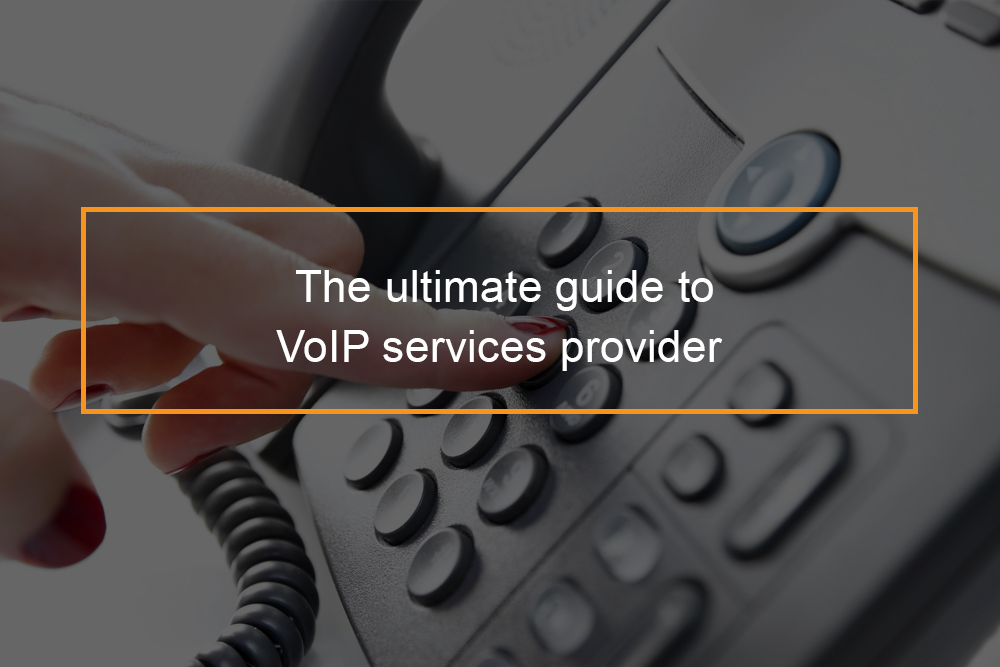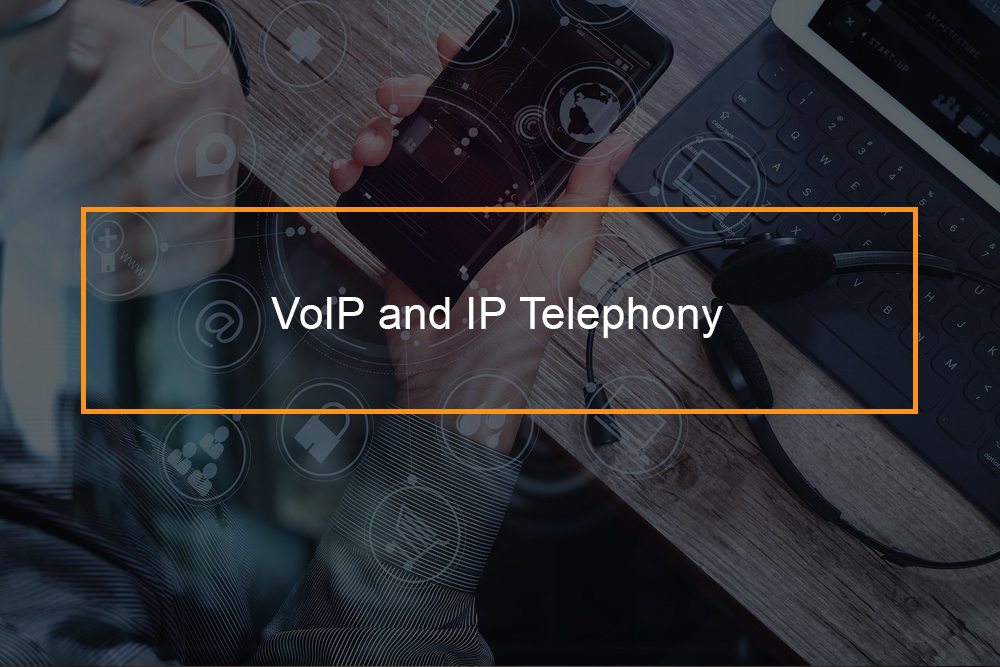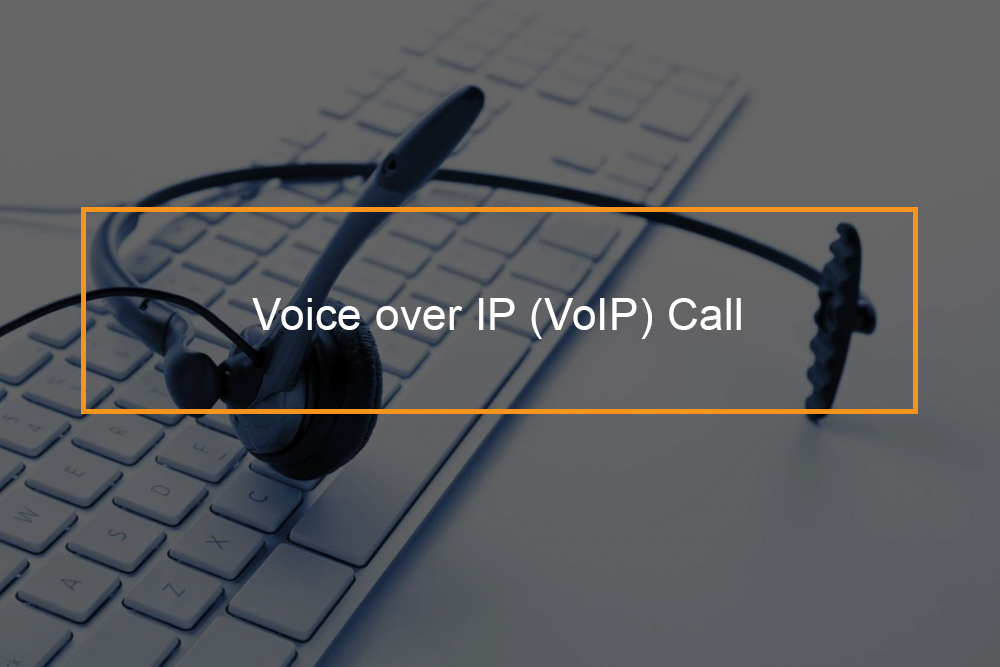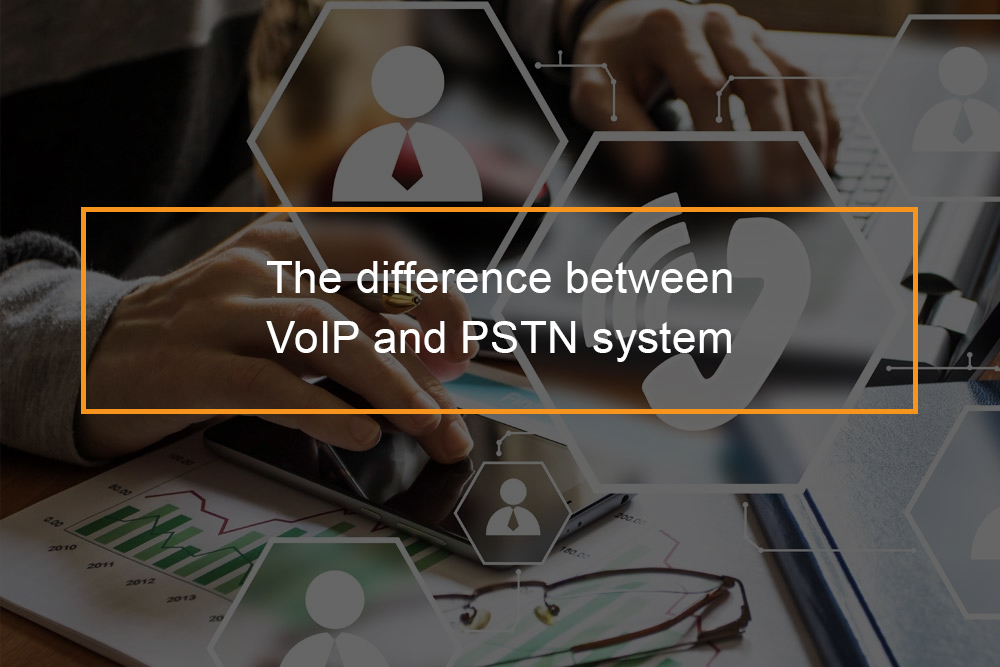
VoIP uses ATM and MGCP, and inter protocol networks to connect the standard PSTN networks. The modern systems also comprise the ethernet interfaces; they are specially designed to link calls that pass through the VoIP.
MGCP (Media Gateway Control Protocol) is a call control communications and signaling protocol utilized in Voice over Internet telecommunication systems. It adopts the media gateway control protocols architecture for controlling media gateways connected to the Public Switched Telephone Network. The media gateways offer conversion of traditional electronic media to the internet protocol, IP network. The protocol successes the Simple Gateway Control Protocol (SGCP), which was established by Cisco and Bellcore, and the Internet Protocol VoIP Device Control (IPDC).
The methodology of MGCP represents the design of the PSTN with the power of the network built in a call control center Softswitch, which is traditional to the central office in the telephone network. Typically, the endpoints are low-intelligence devices, often executing control commands from a media gateway controllers or user agents in the Softswitch and offering result indications in response. The protocol represents a decomposition of other Voice over IP models, like H323 and Session initiation Protocol (SIP), in which endpoint equipment of a call has higher levels of signaling protocols intelligence.
MGCP is a text-based protocol comprising of commands and responses. It deploys the SIP Session Description Protocol for negotiating and specifying the media stream to the transmitted in a call session and real-time transport protocol for framing the media streams.
PSTN integration
E.164 is an international FGF numbering standard for PSTN. Most Voice over IP telephony implementations supports E.164 to enable calls to be routed to and from VoIP subscribers and PSTN. VoIP adoption can also allow other identification techniques to be utilized. For instance, Skype allows subscribers to select Skype names, while session initiation protocol sip implementations can use URIs, which are similar to email addresses. Frequently Voice over IP adoptions employ methods of translating non E.164 identifiers to 1.64, such as skype in service offered by skype. The echo can also be a problem with PSTN integration. Major causes of echo include impedance mismatches in analog circuitry to transmit and receive signals at the receiving end.
The Public Switched Telephone Network (PSTN) deploys circuit-switched telephony between two points for the duration of the call. Contrarily to Voice over Internet Protocol (VoIP) uses packet-switched telephony.
Internet telephony is not a new technology; it has been around for many years, but currently, it has been an ideal choice for businesses. Whereas internet telephony was once associated with dropped calls, today, the VoIP system can offer call quality, instant messaging, and reliability that rivals mobile phone or landline telephone calls.
What protocols are used in VoIP?
VoIP protocols
According to Wikipedia articles and other reports, today, VoIP networks are quite popular. To support voice communications between traditional private branch exchange, analog PSTN, Cisco IP phones, and analog telephones, all over the IP network, various protocols are required. Fewer protocols are indicating protocols (for example, SIP, SCCP, H248, H323, Session Initialization Protocol, and Session session descriptions) used to sustain, position, and bring down a call. Other VoIP protocols are marked at the real voice packets (for instance, RTCP, RTP, and SRTP) relatively indicating information. Below we list of the VoIP protocols.
- SIP- Session Initiation Protocol or SIP trunking is similar to H.323. It is also known as peer to peer protocol. Protocol SIP can be applied in a mixed-vendor surroundings. Possibly because of its usage of current and other residing protocols like hypertext transfer protocol and SMTP.
- RTP: Real-time Transport Protocol can be categorized as a protocol of layer 4, but is summarized in the internals of UDP.
- RTCP- The control protocol of RTP supplies and offers information regarding the flow of RTP like information and data concerning the eminence of that call.
- SRTP and Secure RTP- Secures the broadcast of the voice via RTP. Specifically, SRTP can add authentication, anti-reply, and encryption, and integrity.
- H323- H323 is an ITU customary. Rather than being just one protocol, it is a collection of protocols. H323 customary explains different devices, for instance, VoIP gatekeepers and VoIP gateways. It is regarded as a peer to peer control protocol. This is because less H323 tools can build their very own call routing choices.
- MGCP: MGCP identifies three significant elements of communication, the media gateway controller, the media gateway endpoint, and connections between these elements. A media gateway may host many Endpoints, and every endpoint should be able to engage in many connections. Many connections on the Endpoints support calling features like call waiting and three-way Voice over IP calling.
- MGCP is a text-based protocol deploying a command and response design. Responses and commands are encoded in messages that bare designed and formatted with the whitespace characters. Network-based call signaling is the profile of MGCP for use in packet cable applications for Voice over Internet Protocol.
What is VoIP? And what older technologies does it replace?
VoIP vs. PSTN vs. POTs
To understand how Voice over IP works, it is essential to compare it to traditional phone calls. When you placed a regular phone call using the Public Switched Telephone Network (PSTN), also known as Plain Old Telephone service or landline phones, uses circuit-switched telephony. This system operates by setting up a dedicated channel between two points for the period of the call. Traditional telephony systems are based on copper wires carrying analog voice data over the dedicated circuits.
This in contrast to new internet telephony networks based on digital technologies. VoIP communications, in comparison to Public Switched Telephone Network PSTN, deploy data packet-switched telephony to transport voice signals. Using this system, the voice information travels to the destination in many individual network packets across the internet. This kind of communication shows special TCP/IP challenges since the internet was not really designed for the type of real-time communication voice calls represent.
Individual packets might take different paths to the same place. It is not enough to get VoIP packets to their destination. VoIP uses encoding schemes and compression technology to minimize the size of the voice packets so they can be transferred more efficiently.
VoIP calls can be placed from a computer to another computer and from computer to desk phone and vice versa. SIP proxy servers will then locate the address of the call. SIP servers also deal with the management of calls. When you send an email or place a call via VoIP technologies, your computer sends data packets to the IP addressing to the end other connection (the other calling party). It receives packets as its IP address translation.
PSTN vs. VoIP phones
In case you are thinking of switching technology to a new business telephone system, there are the main differences between business VoIP vs. PSTN that are worth knowing. VoIP solutions provide some extra features to business phone users that can offer the business a competitive edge. It is essential to check the advanced features of your VoIP provider before committing to the plan.
The table below summarizes the difference between PSTN and VoIP phones.
| Features | VoIP phones | Public Switched Telephone Networks |
| Emergency calling |
|
|
| Calling costs |
You can use IP PBX to reduce VoIP calling costs |
|
| Call management services |
|
|
| Resilience and internet connection |
|
|
| Remote extensions |
|
|


